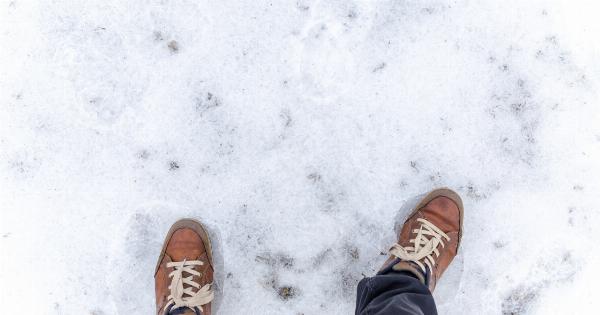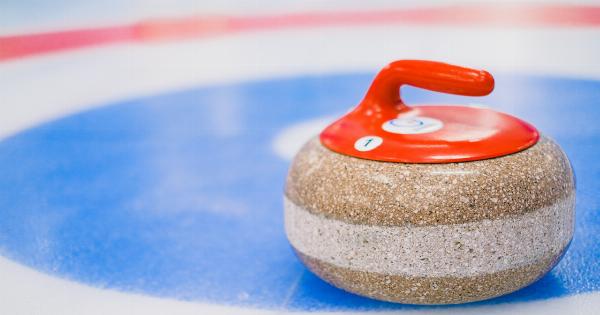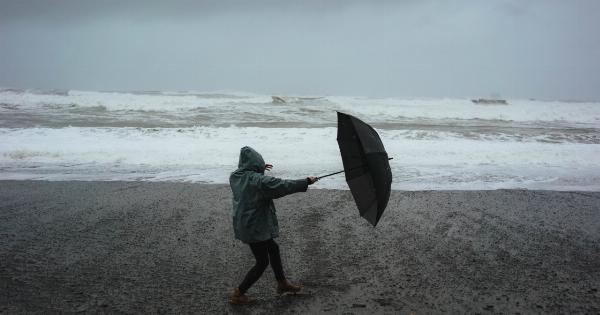Winter can be a beautiful and magical season, with its snow-capped trees and frosty landscapes. But for those of us who live in areas where the temperature drops below freezing, winter can also be a time of danger.
One of the biggest risks posed by extremely cold weather is frostbite, a condition that occurs when the skin and underlying tissues freeze. In extreme cases, frostbite can result in amputation. Here are some tips and tricks for dealing with the chill and surviving frozen limbs:.
1. Dress Appropriately
When going outside in extremely cold weather, it is important to dress warmly and in layers. Wear a hat, gloves, scarf, and insulated boots. Choose clothing made of materials that wick moisture away from the skin, such as wool and synthetic fabrics.
Avoid cotton, which retains moisture and can make you feel colder.
2. Stay Dry
It is also essential to stay dry in cold weather. Moisture can quickly drop your body temperature and increase your risk of frostbite. If your clothes or feet become wet, change them as soon as possible.
And make sure to avoid sweating by removing outer layers of clothing if you become overheated.
3. Protect Your Face, Ears, and Nose
Exposure to extremely cold air can cause frostbite on any exposed skin, but your face, ears, and nose are particularly vulnerable. Keep your face covered with a scarf or mask, and wear a hat that covers your ears.
Use a moisturizing balm to protect your lips and nose from cracks and dryness.
4. Keep Moving
One of the best ways to stay warm in cold weather is to keep moving. Exercise helps generate body heat and stimulates blood circulation.
If you are stuck in one place, try doing simple stretches or wiggling your toes and fingers to keep your blood flowing.
5. Watch for Warning Signs of Frostbite
It is important to be aware of the warning signs of frostbite so that you can take action to prevent it from getting worse.
Symptoms of frostbite include a numb or tingling sensation, a white or waxy appearance of the skin, and a lack of feeling in the affected area. If you notice any of these symptoms, move to a warm area and seek medical attention immediately.
6. Treat Frostbite Immediately
If you suspect that you or someone else has frostbite, it is essential to start treatment right away. Move to a warm area if possible, and remove any wet clothes. Warm the affected area by immersing it in warm – not hot – water or applying warm towels.
Do not rub or massage the affected area, as this can damage the tissue.
7. Know When to Seek Medical Attention
While home treatment can be effective for mild cases of frostbite, more severe cases require medical attention. If the skin turns black or blue or is extremely swollen, this may be a sign of severe frostbite.
Seek medical attention immediately if you experience these symptoms.
8. Stay Hydrated
Dehydration can increase your risk of frostbite and other cold-related injuries. Make sure to drink plenty of water throughout the day, even if you don’t feel thirsty.
And avoid alcohol, which can cause dehydration and impair your ability to regulate your body temperature.
9. Use Foot and Hand Warmers
For extra warmth, consider using foot and hand warmers. These heat-producing packets can be placed inside your shoes or gloves to keep your hands and feet warm in extreme cold.
Just be sure to follow the instructions carefully and avoid placing the packets directly against your skin.
10. Be Prepared for Emergencies
Finally, it is important to be prepared for emergencies when dealing with extreme cold. Keep a fully stocked emergency kit in your car or home, including blankets, extra clothing, food, water, and a first aid kit.
And make sure your cell phone is fully charged in case of an emergency.

























